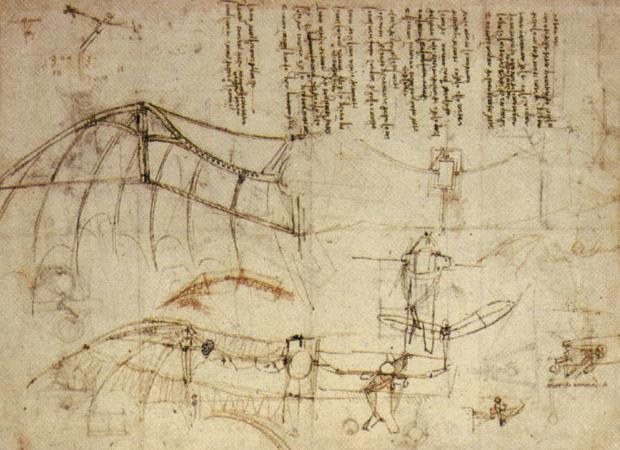Are you being asked to be creative? You want to renew yourself, find new solutions?
Creativity is far from being a gift or innate. You can develop it. I will detail the four pillars on which creativity is based. To be creative, you just need to have the right balance of the four elements: knowledge, divergent thinking, critical analysis and communication.

Knowledge
Let’s start with the basics, you can only be creative in a field you master… If you have never touched a brush, do not know the principles of mixing colors, you will not be able to make a painting, even if you have a very clear idea of what you want to do.
It’s the same in every field: sewing, cooking, construction, programming, formulation. To be creative, you need to know and master the basics. It is the mastery of this knowledge that will give the possibility to play with it. Your first step is to make sure that you are looking to express your creativity in an area that has no secrets for you.
Divergent thinking
If the kids don’t know, they’ll try. They are not afraid to make mistakes.
Sir Ken Robinson (né en 1950), auteur et expert en éducation anglais.
You will then have to counter your education and the search for the right solution. To be creative, you have to generate solutions, and a lot. You have to propose things, even if you know they can’t work, you have to dare to propose alternatives, adaptations, different ways of doing things. Often, one crazy idea leads to another, and then to a variation.
Leonardo da Vinci did not create his flying machine the first time, he perfected his knowledge by observing the birds, then made dozens of sketches and hypotheses.

Critical analysis
This skill is generally under the reach of all. We are always very critical of our solutions or ideas. Critical analysis requires beyond criticism to have an honest and fair look. We must not denigrate or hide certain aspects.
This skill must be used in parallel with divergent thinking to find new and better ideas at every moment. It supports creation by preventing you from getting bogged down in tracks that lead nowhere.
You can use the SMART method to set a problem-solving goal. What is the goal, how will you know you have solved the problem? With the SMART goal in mind, it is easier to critically analyze solutions.
Communication
Finally, the last element to be creative is the ability to communicate ideas. You must be able to express clearly, and succinctly what’s going on in your mind. The best ideas, if it cannot be explained, will remain forever in your mind.
To develop your communication skills, you need training, whether it is within a club, like Toastmaster, or more personally, you can develop yourself. Start by writing down the idea you want to share, then test your pitch with a family member, a friend, a colleague, ask for feedback, do it again.
You can develop your creativity
Everyone is creative, in their area of expertise. Remember to balance your expertise with divergent thinking and critical analysis, a good dose of communication and you will become the creative one for your next projects!
Take action! Set a development goal to improve your creativity. It is not about changing the world, but simply about finding a way to practice and find new solutions in your daily life.
